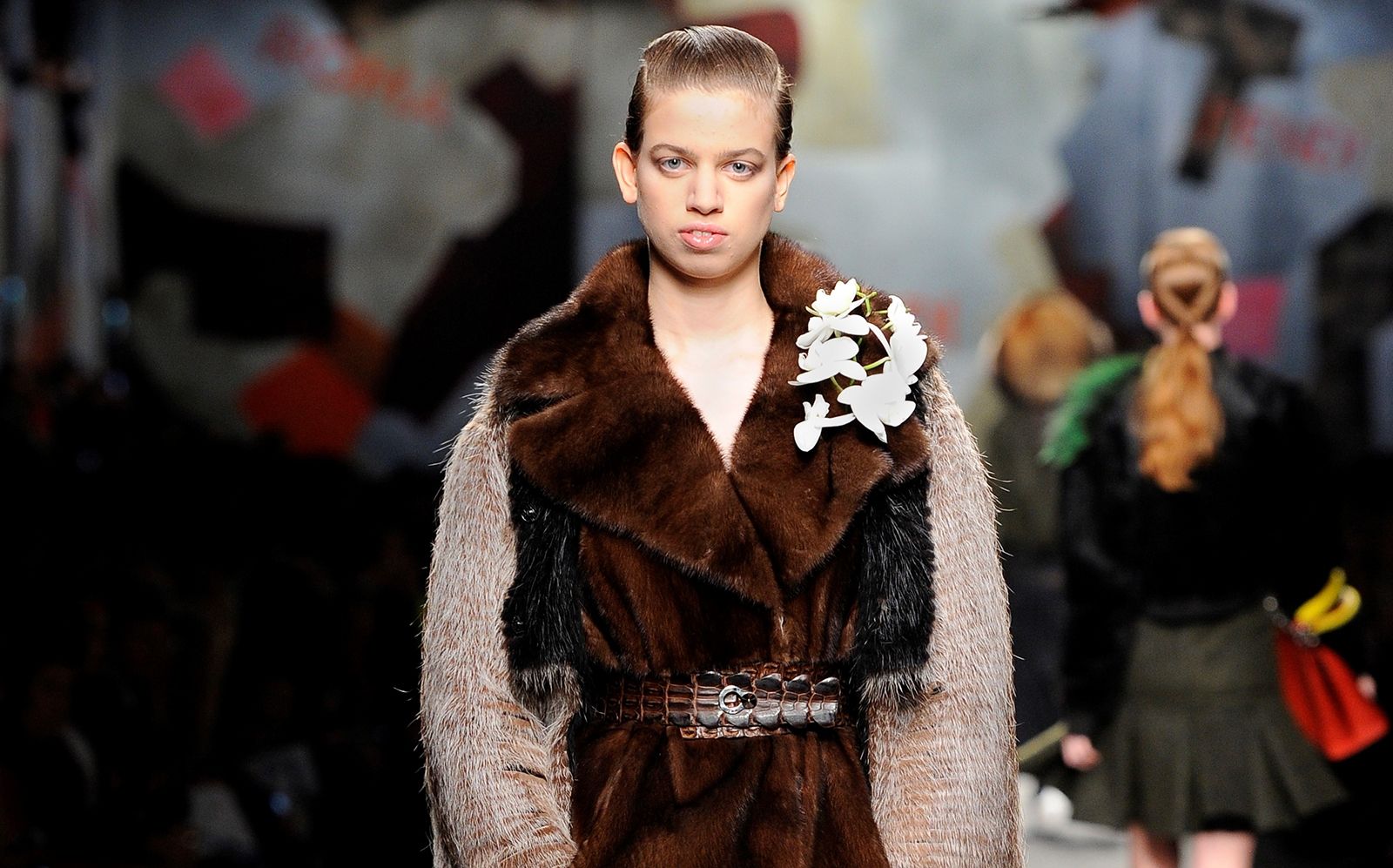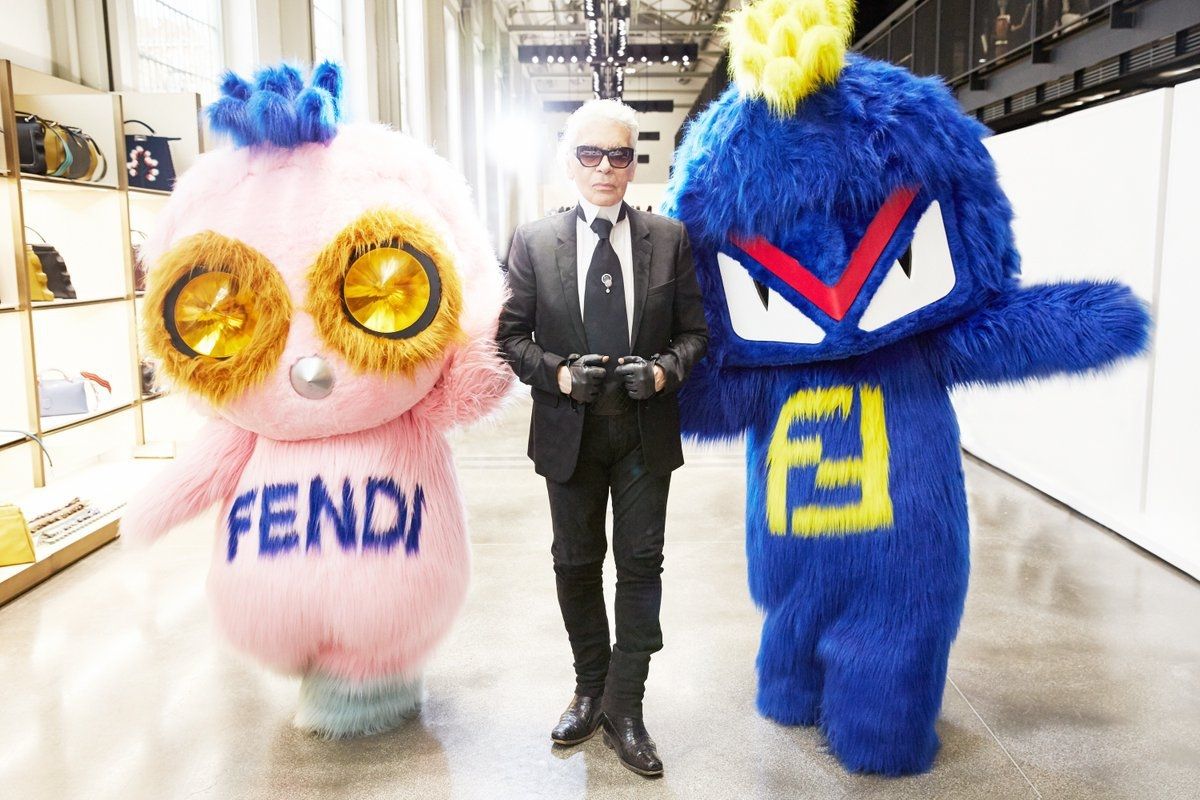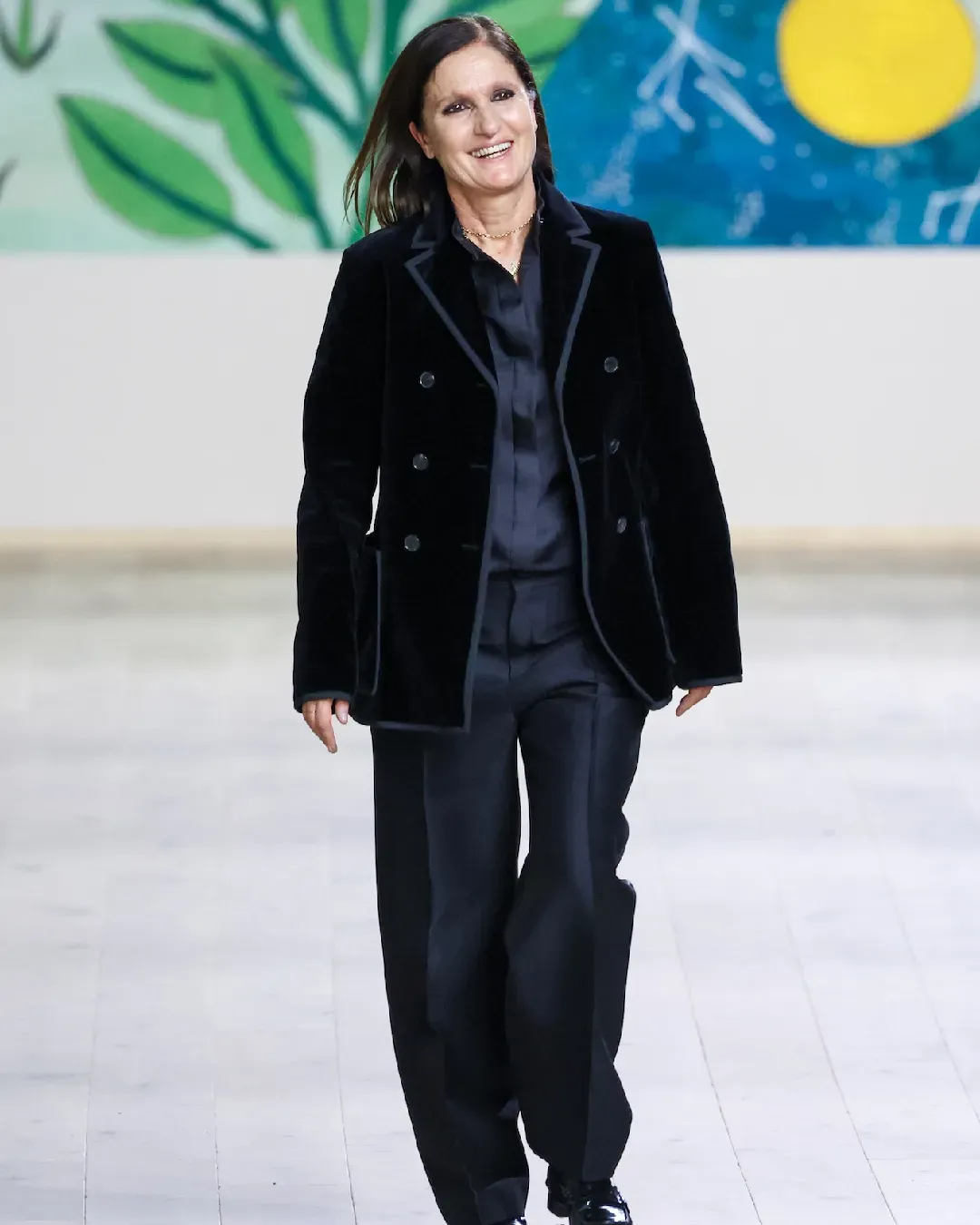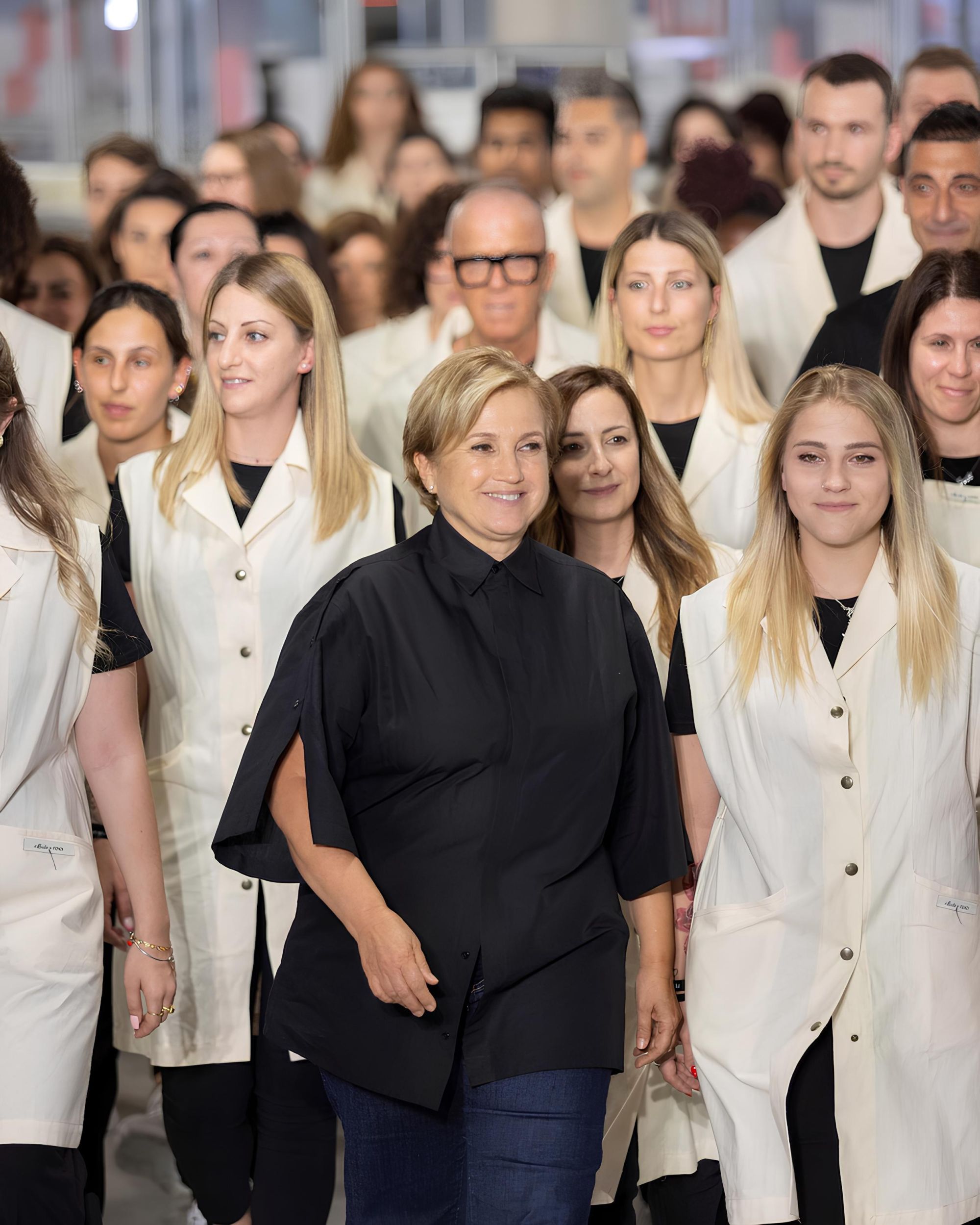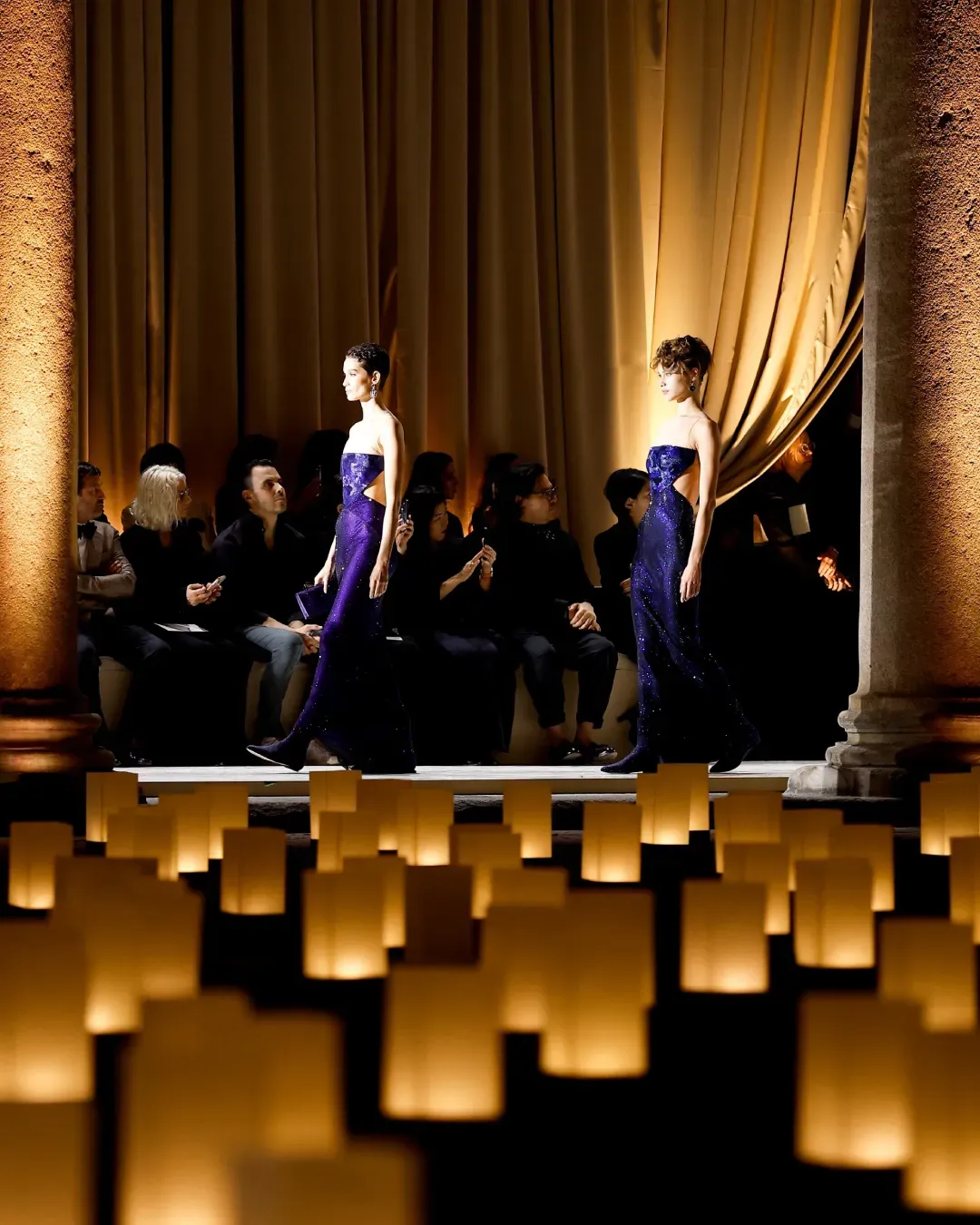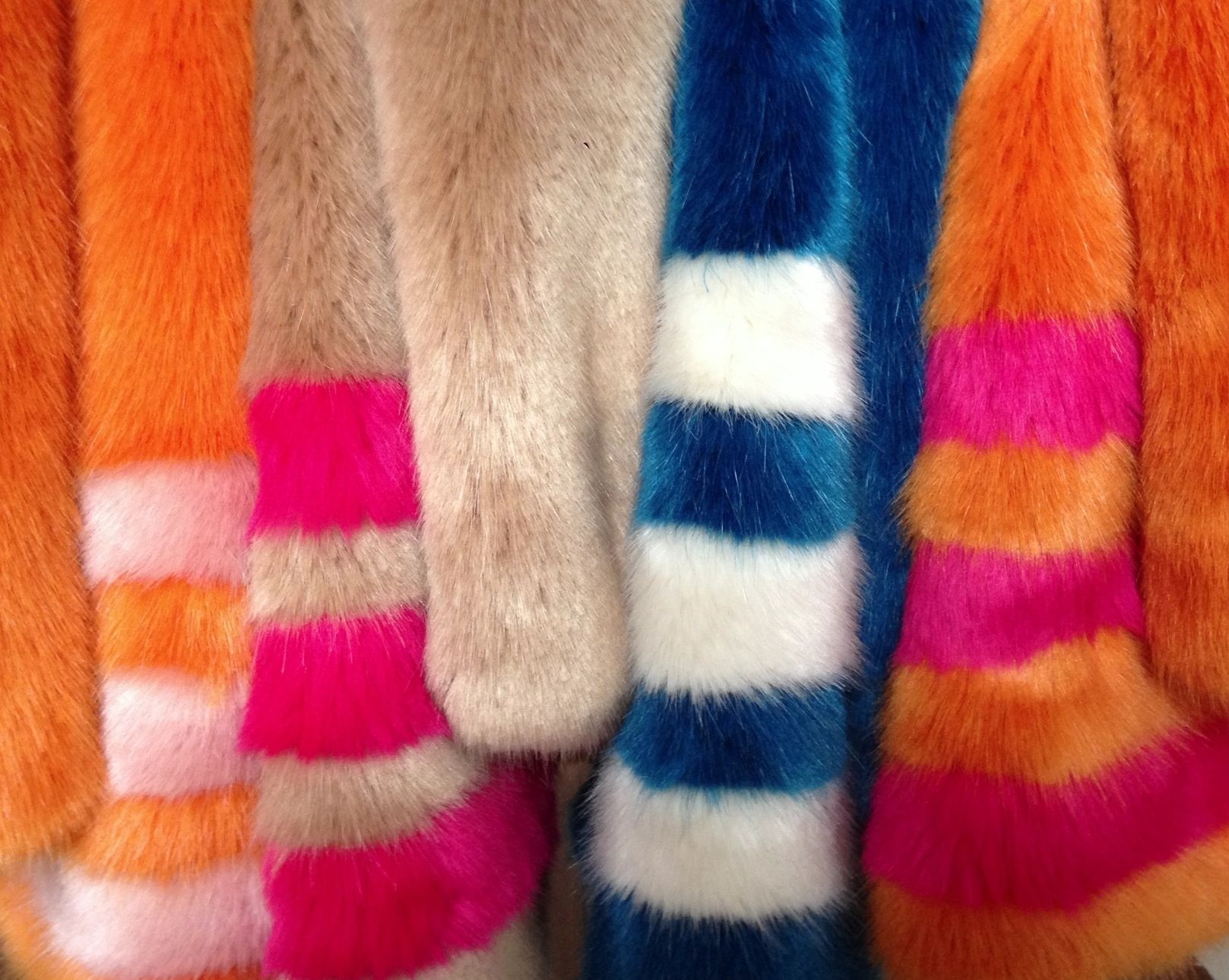
Faux Fur vs Fur Pros and Cons
In the fashion world there are still some sensitive issues that continue to inflame debates and split public into two factions. One of these, maybe the most controversial, concerns the use of leather and fur. For years now, the debate deploys two teams, the Pro-Fur and the Anti-Fur, which are Pro-Faux Fur. Despite the “right position” to embrace in this case could be obvious, maybe you will be surprised to hear that there are still some interesting aspects to be taken into consideration.
Premise: far be it from me to promote or take one position or another. The article only iams to give a brief overview about the use of animal pelts.
Not only the public opinin, but also the fashion industry appears clearly divided into two groups on this issue. Two opposite examples are the launch of Fendi's Haute Fourrere collection and the decision of Giorgio Armani to embrace a fur-free policy. The first one is an initiative to celebrate the 90th anniversary of the Roman House, by glorifying the storied talent for working with leather goods that has always been the trademark of the brand. The other one concerns the decision of King Giorgio to no longer use animal furs for his collections.
But there are also others aspects, often are left out, which make the debate more complicated.
For example, sometimes we forget that many fake furs are made of non-biodegradable and chemical-based synthetic materials like nylon and polyester. This kind of furs, even if cruelty-free, have a negative impact on the environment, in particular if they end up in a landfill for years.
We also must include, and accept, the possibility of a sustainable, ethically correct use of animal pelts. For example, the brand Brother Vellies uses only leather from African farms, helping the local industry. Rabbits, gazelles and also Kudu, an animal the Government has declared “to be culled” because of its overpopulation. I don't know if this could help us salve our conscience, but we have to be aware of ethically correct method for using animal leathers, since it concerns, in this case, byproducts of meat from food production and it supports the local labour.
So, there are brands that use animal pelts by trying to respect ethical values, if possible. Checks at the source, guarantee certificate of animal conditions and a selection of trusted farms where to buy the leathers, but also absolute transparency on the products for the customers are just few steps forward for making the production of leathers and furs “sustainable” as much as possible.
Obviously, not everyone is interested in this point of view. British fashion designer Stella McCartney, animal rights and environment activist, proudly showed last year her first “fur-free-fur” collection, pieces made only with faux furs that seemed real. In her opinion, faux furs need to be as real as possible, so we won't be needing animal furs anymore. Well, this is a matter of mentality. Fashion should accustom customers to the possibility of having a cruelty-free alternative, but still glamorous.
Shrimps' founder Hannah Weiland is of the same opinion. Her clothes often have fluffy, coloured fur details, brightly coloured shearlings and furry accessories. I'm sure you have all seen her coloured furs worn by some celebs (for example, Alexa Chung) in any random street style gallery online. Well, all her furry creations are 100% faux fur. In fact, the designer has always been an anti-fur supporter, despite her passion for leather goods.
Her key to success is a perfect material which makes her creative projects real and, above all, animal-friendly. Unfortunately, she doesn't want to reveal where she finds this wonderful material, which is a pleasure to touch and look at. But it's a decisive step towards making faux furs people want to buy, without regrets for the real ones.
We could continue for hours, listing all the points of views from both sides. Fo example, fashion designer Jason Wu, who doesn't look at fur as “political statement”, but only like another material to use for his clothes (but he cares about to highlight the “traceability” of his furs, from the farms to the final product, guaranteed by the Saga Furs Certification. But also PETA, which is increasing its awareness campaign by involving big names from music and fashion, and, above all, improving its messages through social media.
I think that this debate will never see an end, but whatever your opinion about it is, you should take it forward respecting the other ones, as much as possible.











































